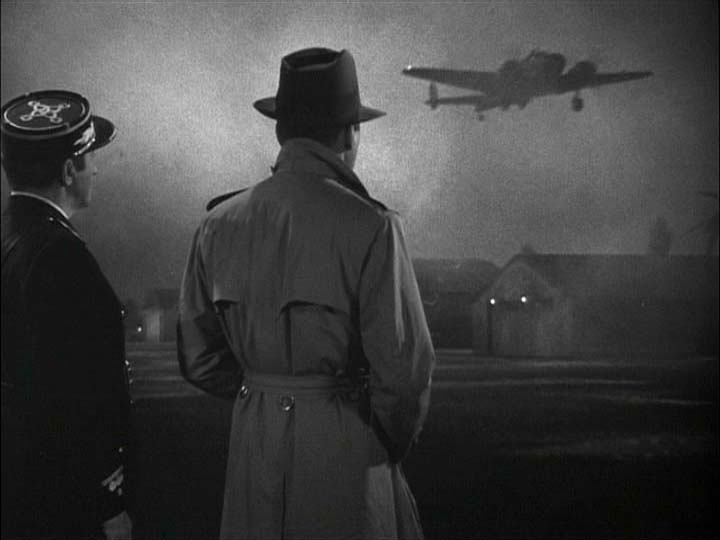
| current issue |
| archives |
| submissions |
| about us |
| contact us |
Wrapping It Up: Endings in Detective Fiction by Inga Simpson |
Raymond Chandler experimented with flatter endings, shifting the genre away from the mystery element in order to concentrate on atmosphere and character. The ending of his first novel, The Big Sleep, focuses on Marlowe and his reflections on death rather than the discovery of the murderer.
A number of early writers of feminist detective fiction experimented further with the structure and form of the detective novel, particularly the ending. Feminist writers’ perceived the structure of the detective novel as an overtly masculine one, and their interest in the broader societal issues beyond individual crimes, and less absolute moral judgements, took this flat ending further, to a refusal of formal closure. In Grafton’s D is For Deadbeat, for example, Kinsey Malone tries (and fails) to talk the teenager who has killed the murderer of his parents and sister out of suicide, condoning, or at least not condemning him, for his crime (1987: 229). Similarly, early lesbian detective novels leave the crime unresolved, or, at least, with more questions remaining than answers. Maureen T. Reddy argues that the more open endings of novels such as those by Barbara Wilson and Katherine V. Forrest suggest that “the world can be put right by dismantling exactly the order traditional crime fiction usually seeks to uphold”[1] and by “speaking the truth about their lives and acting together in support of each other … they will eventually defeat patriarchal order” (ibid). In Wilson’s Murder in the Collective, for example, the ending thwarts the reader’s desire for a resolution to the crime and the romance. Hadley leaves to take care of her ex-girlfriend and Pam discovers that the murderer is a woman, and a member of her collective. They do not hand her over to the police, who have been shown to be corrupt, sexist and racist:
Wilson shows that investigating and solving the crime can undermine the possibility of justice, particularly for women working within the system. This ambivalence – about justice, identity, contemporary society – remains in the final pages of detective fiction today. Increasingly crime writers (and readers) are concerned with graphic violence, forensic detail, and psychology, yet few of the big questions are answered. Killers go free, families are scarred by death, and detectives on both sides of the law are overwhelmed. In Ruth Rendell’s novels, for example, after a dramatic twist in the tale, the crime may be solved, but there is no salvation or redemption, and the tensions which generated the crime in the first place are often left unanswered. For the reader, and perhaps, the writer, the contrived certainties of the clue puzzle have been replaced with a fearful acceptance of living with uncertainty and, ultimately, death. *** |
 Up until the mid twentieth century, detective novels traditionally featured a neat or ‘closed’ resolution, explaining the chain of events, clues, motive, detective’s deductive process, and providing some sort of remedy and/or punishment for the crime. Arthur Conan Doyle’s Sherlock Holmes uses deductive reasoning, his encyclopaedic general knowledge and science to solve the crime, keeping the evidence to himself until the very end when he reveals all with a dramatic flourish. In clue puzzles such as those by Agatha Christie, the reader is able to piece together the elaborate clues until the culprit and method are revealed at the end. These formulaic structures provided satisfaction for the reader and a sense of order in an increasingly disordered world.
Up until the mid twentieth century, detective novels traditionally featured a neat or ‘closed’ resolution, explaining the chain of events, clues, motive, detective’s deductive process, and providing some sort of remedy and/or punishment for the crime. Arthur Conan Doyle’s Sherlock Holmes uses deductive reasoning, his encyclopaedic general knowledge and science to solve the crime, keeping the evidence to himself until the very end when he reveals all with a dramatic flourish. In clue puzzles such as those by Agatha Christie, the reader is able to piece together the elaborate clues until the culprit and method are revealed at the end. These formulaic structures provided satisfaction for the reader and a sense of order in an increasingly disordered world.